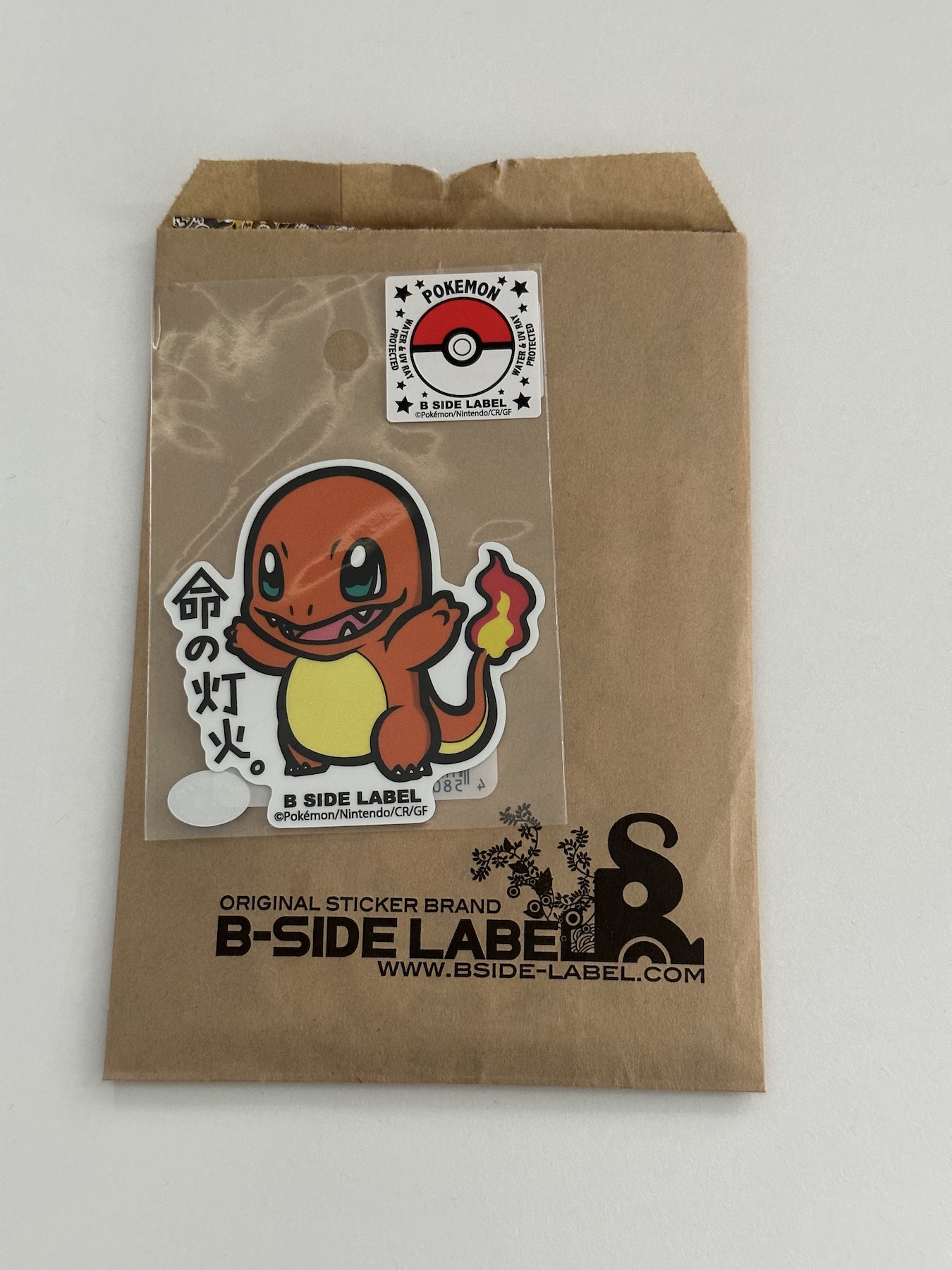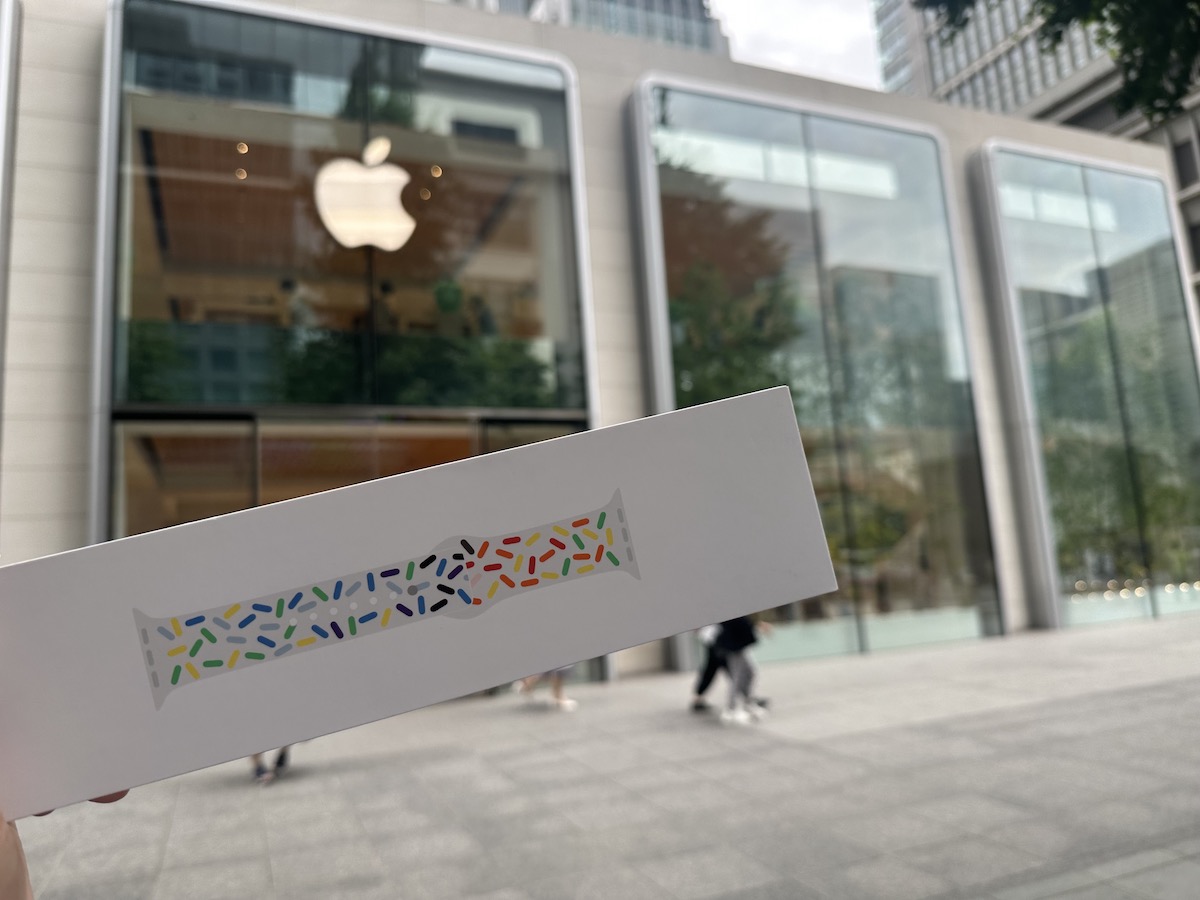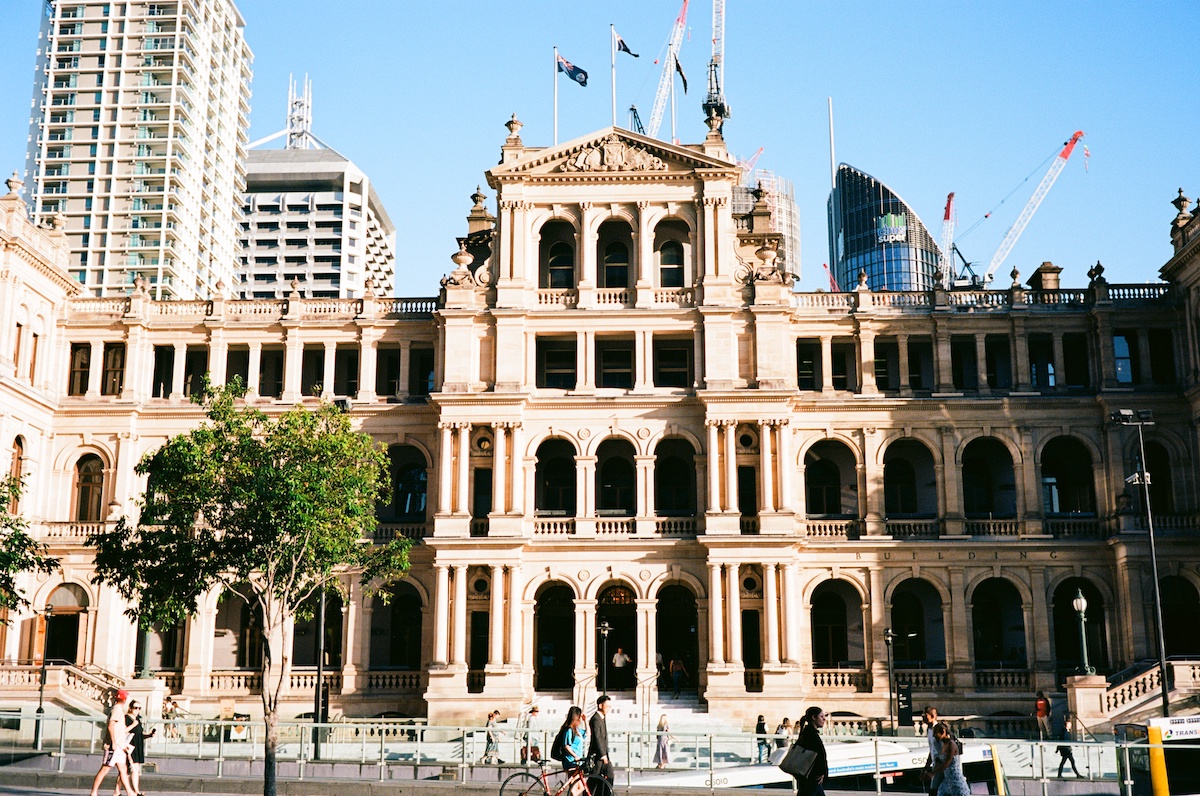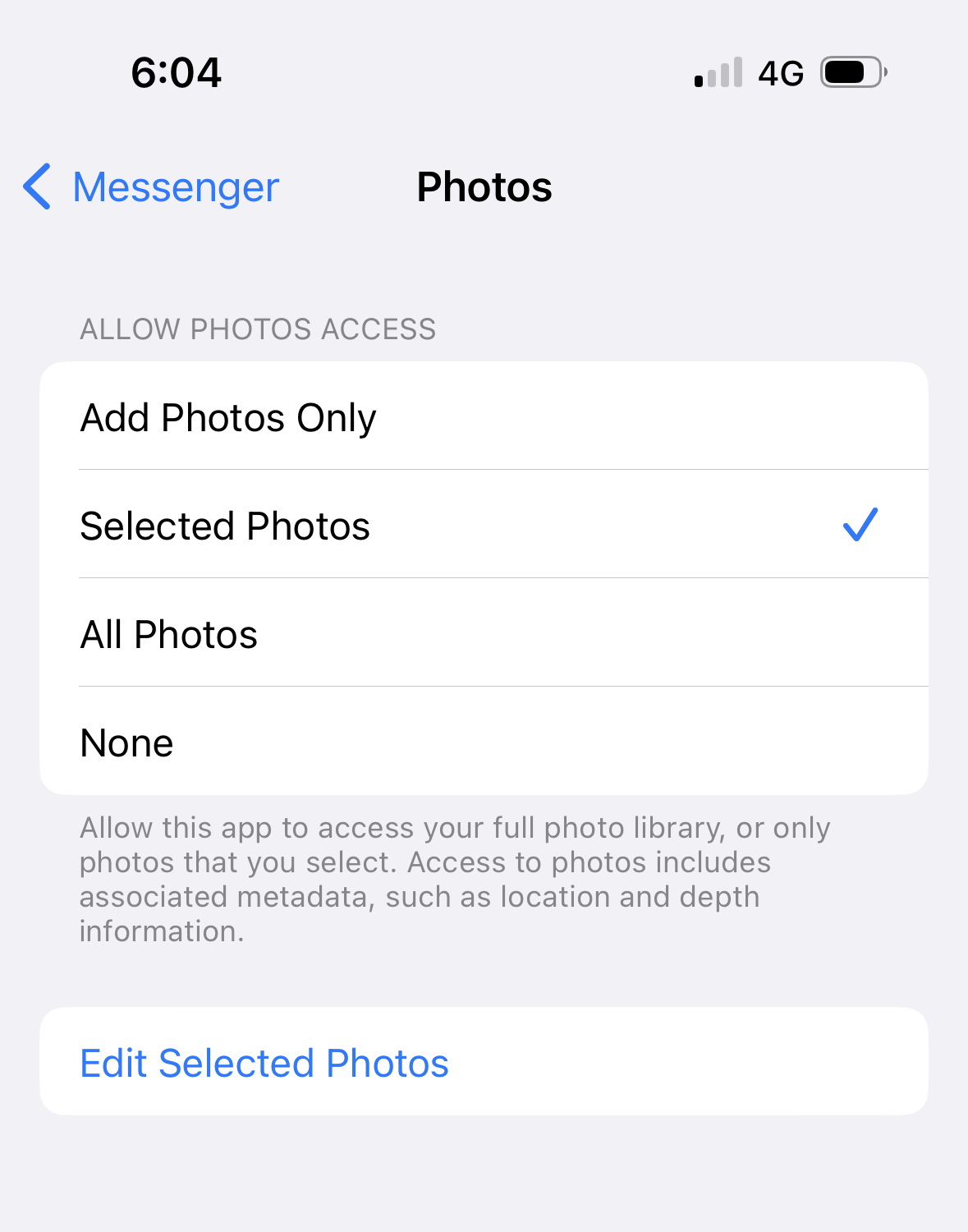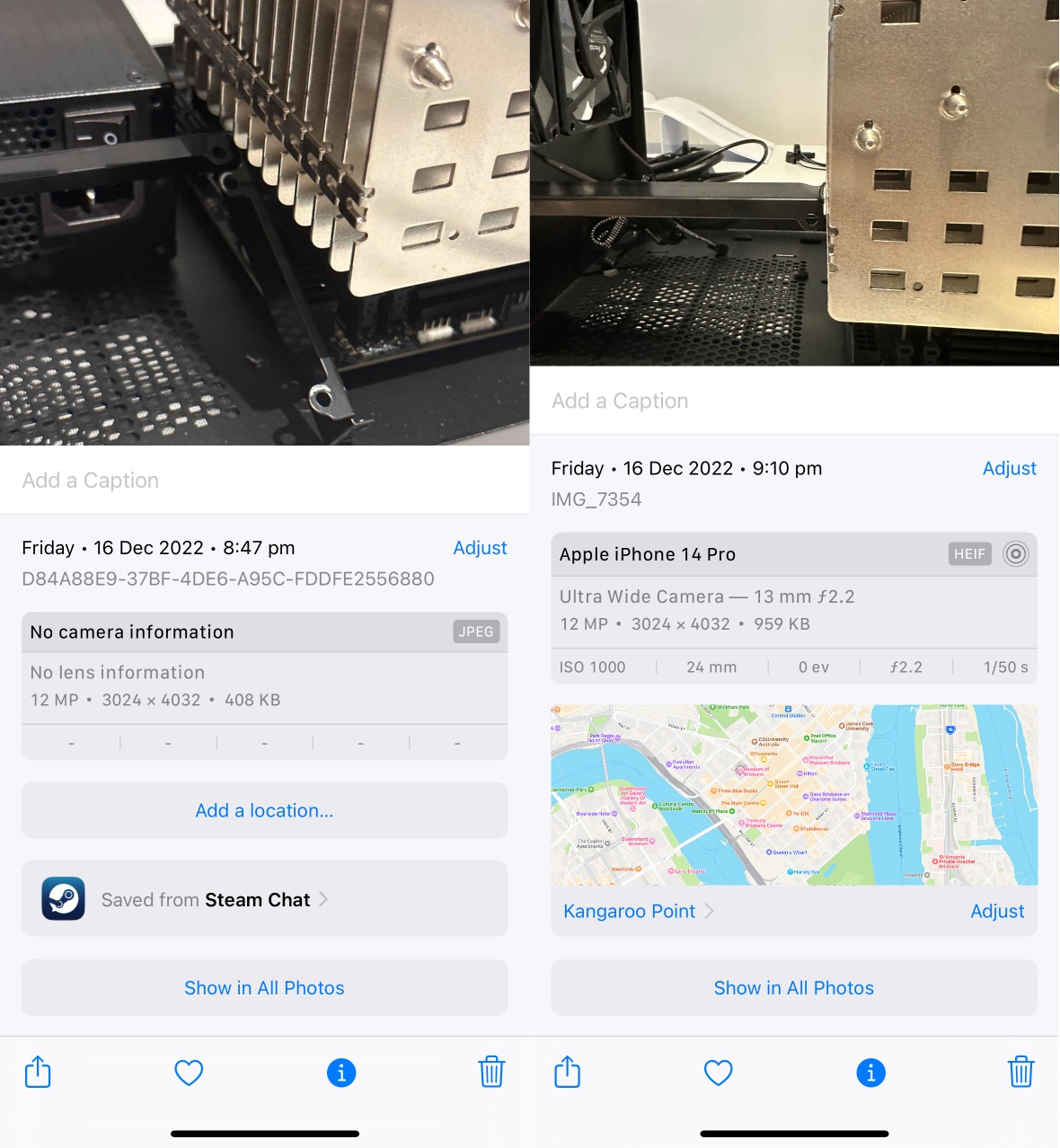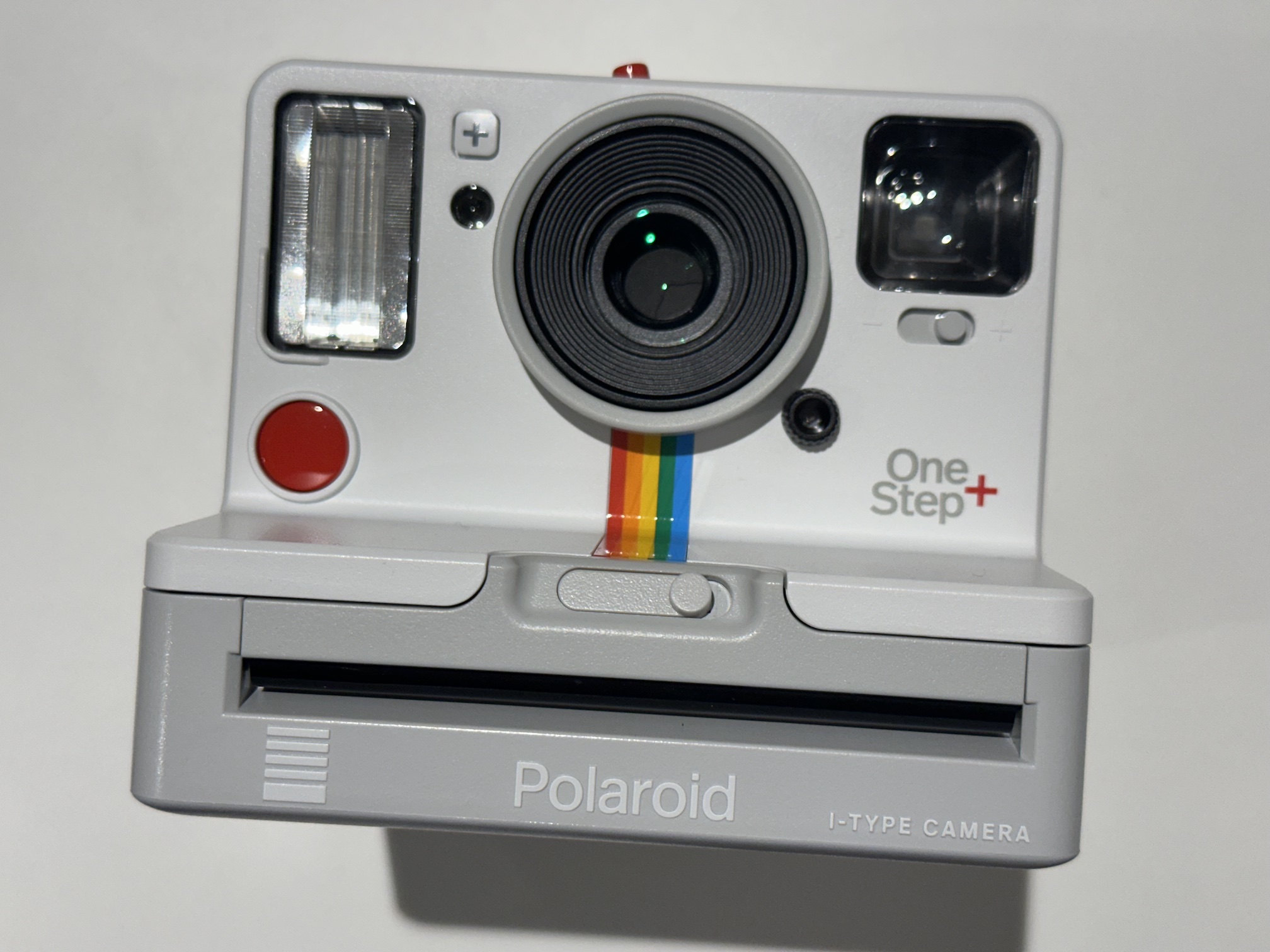
At the start of the year, I noticed that my Polaroid OneStep+ camera had a problem: it stopped ejecting photos. Just when I wanted to take cute instant Polaroids of my cousins, I couldn’t, despite already shelling out for the Polaroid photos. At $4 per shot, with limited shelf-life and having been dragged all the way to Malaysia through several x-ray machines, I was a little upset.
This was kind of an issue. While I could take photos, they would never be developed or printed correctly. Most of the magic happens when the photos pass through the rollers, which spreads developing chemicals so your picture shows up within 10-15 minutes.
Polaroids are pretty simple cameras. They might even be simpler than most cameras. Like most cameras, there’s a lens that light travels through. From there it hits a mirror, which redirects the light directly onto the exposed film which sits at the top of the cartridge. From there the photo is ejected through the rollers and through the door at the front. 10-15 minutes later, your photo shows up. There’s no focusing mechanism on the lens, the small viewfinder on the body of the camera is entirely un-parallax corrected, and the only modern conveniences are a flash to give your photo that classic Polaroid look, with sharp shadows cast on the background. Oh, and there’s a second lens too, if you want to do close up shots, although the focusing range they advertise overlaps so much that you might as well use the other lens most of the time, unless you’re really close to your subject.
If my photos ejected more than one at a time, or nothing was being ejected at all, then that might have been an issue I could have performed some troubleshooting on and maybe even fixed. But no, my issue was that while the initial “dark slide” of a new photo pack would eject fine, any subsequent ejects just wouldn’t fire. The rollers would do their thing and spin, but no photo came out.
At the time, some frantic Googling of the issue suggested that it was an issue with the pick arm. The internet claimed that it was possible that the pick arm could have been bent, and wasn’t picking up photos as it should have been. This didn’t make that much sense given that the dark slide was being ejected OK, but no subsequent photos were, but anything was worth a shot. I fiddled with the pick arm a bit, but it didn’t seem to help.
My next smart idea was to take advantage of the fact that the dark slide ejected fine and take a photo, open the cartridge door, make the camera think that I had removed the cartridge and inserted a new one, then close the cartridge door and force it to eject the first photo in the hopes that it would develop the photo correctly when it did so. This relied on two things to work how I wanted it to. The first assumed I could do all this without exposing the first top-most photo with my undeveloped shot to as little light as possible, while the second condition relied on the assumption that the first dark slide ejection worked the same as any other normal photo ejection, and that “real” photo ejections didn’t have some different electrical process that added some magic into the process specifically for photos, as opposed to the plain-cardboard dark slide. Fairly big assumptions, but at that point, it was worth a shot. Pun not intended.
This didn’t work either, but my memory is a little hazy as to why. I knew beforehand that taking a shot, then going to some dark place to unload and reload the cartridge, before being able to take another shot (all while exposing the shot to as little light as possible), was going to be incredibly awkward, but even then I don’t think that was the main issue. I think it might have had something to do with the dark slide not ejecting the whole way, which wasn’t necessarily a problem per se as that might have just been how the Polaroid worked, but I can’t really remember if that’s the case or not, seeing as I’ve only used it a handful of times previously.
Either way, what I wanted wasn’t really workable, so I gave up on the whole thing. Cute Polaroids with cousins would have to happen some other time.
